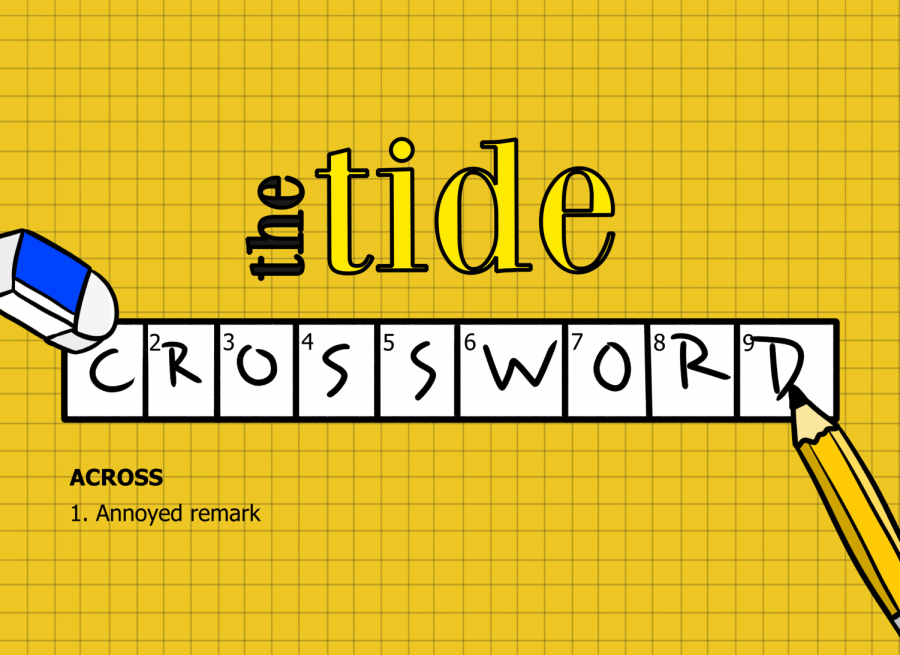Take a look in your closet. What do you see? Most likely skirts, pants, T-shirts and other clothing items you see as everyday-wear. However, they have probably been influenced by many different social movements throughout history. Feminism is a primary example. The shifts in attitude towards women’s rights and accepted behaviors created many of the wardrobe staples that can probably be found in your closet today.
This pattern can be traced as far back as the beginning of the women’s rights movement. The 1850s featured cultural and technological innovations. This included the newly invented bicycle. However, women’s large crinoline skirts took up more surface area than the 19th century had ever seen, forcing them to rely on men to pedal the bikes. The new women’s rights movement advocated for female independence, and pushed for more practical clothing so that women could partake in outdoor activities without male chaperones. This began bloomers, the first women’s pants in the US.
The look was pioneered by women’s rights activist Amelia Smith Miller, who took inspiration from Turkish pantaloons and paired them with shorter skirts. She named them after Amelia Bloomer, an editor who advocated for practicality. The look was unpopular with the general public, who thought bloomers were too masculine. However, it was loved among suffragists such as Elizabeth Cady Stanton and Susan B. Anthony.
Not long after, some activists began to see bloomers as a distraction from the movement’s main goals, however they were worn by others until the 1920s.
With WWII calling men to the armed forces in the 1940s, industries needed people to replace their workers. It was seen as women’s civic duty to fill these roles and keep the economy running. Women poured into the many factories, doing physically exerting jobs that could not be done in skirts, so they moved to pants.
Trouser-dawning women were featured in famous propaganda symbols like Rosie the Riveter. Pants soon became a symbol of patriotism and equality. So, when the war ended women kept their pants while advocating to keep their jobs, and they made their way into post-war fashion.
Twenty years later came the 1960s, and its countless social and cultural movements. The 60’s marked the beginning of second wave feminism, which in response to the Vietnam War, Civil rights movement and gay rights movement, focused on equality and sexual liberation. Women did not want to be pressured into ultra modest looks. Then came British fashion designer Dame Barbara Mary Quant with the invention of the miniskirt.
The skirt with its hem above the knee, was created to be both fashionable and wearable for physical activity. The skirt quickly became a global sensation, making its way into magazines, stores and young women’s closets. However, the skirts were not only an aesthetic success, but became a groundbreaking feminist symbol.
Young women marched on city streets holding miniskirt themed posters and frequenting women’s protests. For them, the miniskirt symbolized breaking out of traditional modest culture, while fighting for the ability to show skin without being sexualized.
“People call things vulgar when they are new to them. When they have become old they become good taste,” Quant said in a 1967 interview with The Guardian.
Fast forward to a recent time, the 21st century.
The early 2010s gave birth to a new form of alternative fashion, highly popular with teenage girls: Tumblr Grunge.
In accordance with its namesake, the aesthetic formed on the internet, with prevalence on the social media platform, Tumblr. The style was an iteration of that from the 90s subculture surrounding grunge rock. Teenage girls in the 2010s were inspired by the ripped jeans, flannel shirts and band tees of the era. In accordance with the musical focus, the aesthetic incorporated rock bands like the Arctic Monkeys and The 1975.
The revival of an androgynous style was no coincidence but a direct retaliation to the hyper feminine 2000s. Though bright colored, sparkly clothing was all the rage, the media highly demonized it, perpetuating the stereotype of femininity being superficial. Tumblr grunge was largely a result of the “not like other girls” ideology, where less feminine girls were seen as superior. Though many thought this idea was empowering, it led to women being largely critical and competitive with each other.
By the late 2010s, more and more people recognized the toxicity and advocated for “women supporting women”. This revived hyper feminine clothing. The 2000s revival of the 2020s brought back Mcbling and its bright pink tracksuits, sparkles and flare jeans. Coquette brought bows and baby pink shirts into girls’ closets and pinterest boards. The release of the Barbie movie and its celebration of women created the “Barbie Core” microtrend with its hot pink everything.
“Sometimes I want a calmer fit or a baggier fit and I’m realizing that doesn’t mean it not feminine, doesn’t mean it’s only for male. I’m realizing fashion is for everybody,” senior Meilani Wilson said.
Women have used fashion to propel the progress that we’ve accumulated in the present day. Your closet is like a museum of those accomplishments. So next time you pick up a cute pair of jeans or a miniskirt, remember all it took to give you the tools to express yourself the way you do today.
“Expressing yourself with your fashion and giving that to others, that is culture, you know. I wear my flag, other people wear their flag,” senior Demi Johnson said.
If you would like to voice your opinion on an issue you feel is relevant to our community, please do so here. Anyone is able and welcome to submit a Letter to the Editor, regardless of journalistic experience or writing skills. Submissions may be published either online or in a print issue.















